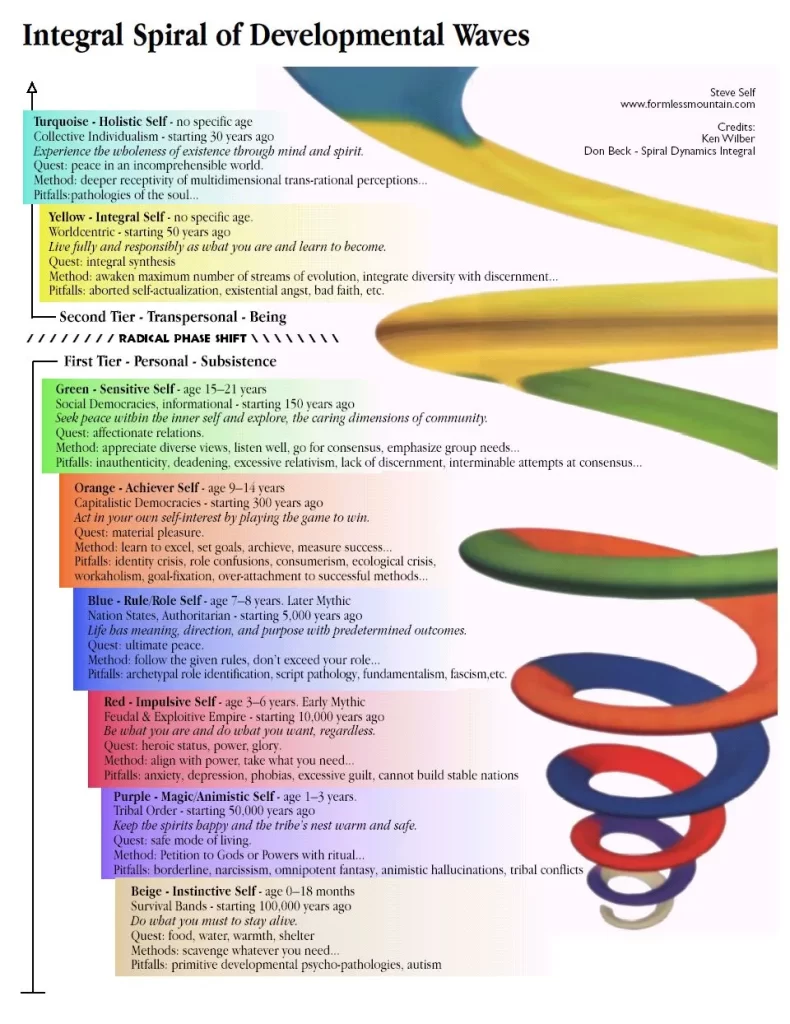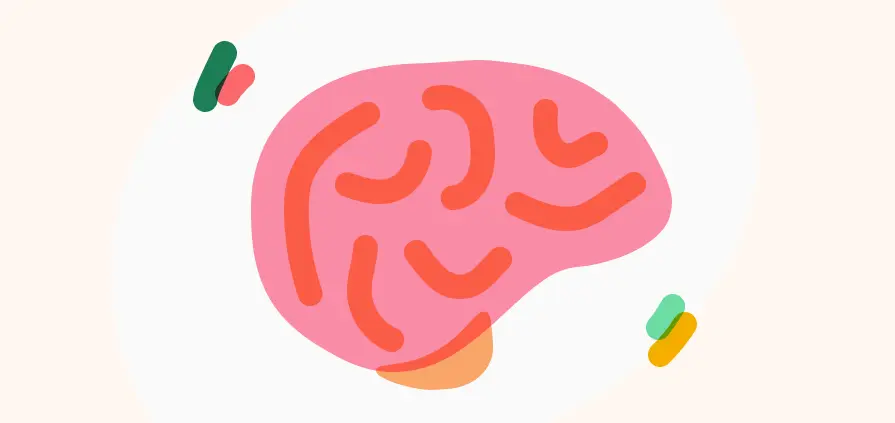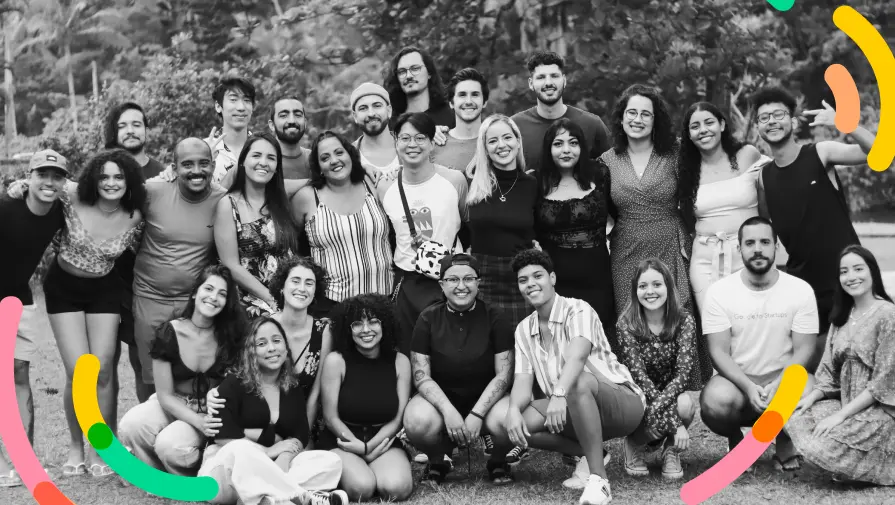Part 1 of this text talked about how ProtocolDAOs are not designed to generate significant innovations consistently due to their work structure. They are bureaucratic, with top-down decisions and political. We need to improve them.
How can ProtocolDAOs be better?
Perhaps Frederic Laloux has found the answer to that question.
Frederic Laloux wrote a book called “Reinventing Organizations”, which is based on the theory of “Spiral Dynamics” by Clare Graves.
Basically, Spiral Dynamics tries to map the development of human consciousness. It questions whether there is a “development,” if some people have a higher consciousness than others and if it is possible for an individual to raise their own consciousness over time.
Clare Graves says yes, and tries to explain this development in 8 didactic stages. Please read the following image from bottom to top. It’s an excellent summary.

Source: 10 things you must know about Spiral Dynamics
Each color represents a stage of consciousness development: Beige, Purple, Red, Blue, Orange, Green, Yellow, and Turquoise. One is more “evolved” than the other. If you want to delve deeper into the explanation of each stage, read this text.
The theory states that a human can advance through these stages of consciousness throughout life. Each of us is predominantly in one of these stages, and it’s hard work to move from our current predominant state to the next.

It is essential to mention that human consciousness development is highly complex, and the 8 stages were created to facilitate the understanding and communication of this journey.
Building on this theory, another scholar named Ken Wilber proposed a more complex map of the evolution of human consciousness called the AQAL Map. This proposal was published in 2007 in his book The Integral Vision. Still, no matter how complex any map is, it will always be simpler than the terrain itself.
In this text, I will not delve into each stage of Spiral Dynamics properly, so for those who are more curious, I leave here my recommendation for the book that officially introduced the theory to the world; an excellent video produced by the channel Actualized.org summarizing it in a very didactic way; as well as a series of videos from the same channel, each lasting over 2 hours, dedicated to each stage of the Spiral.
Going back to what interests us…
Few people in the world are in the Yellow stage, let alone the Turquoise paradigm.
Frederic Laloux, in his book Reinventing Organizations, tried to understand what types of organizations humans create in each stage of the Spiral. Do organizations with leaders at the same stage have similar characteristics?
The answer is yes! He found and categorized organizations with similar patterns in the Red, Blue, Orange, and Green stages.
In the Red stage are organizations such as former pirate ships and current criminal organizations. They are very centralized around the individual. Where a leader is reigning through fear and power, and consequently, the strongest one commands.
In the Blue/Amber stage are organizations such as armies, the Catholic Church, and nations. Very bureaucratic, with rigid, hierarchical rules aimed at stability and order, with a structure so strong that it transcends the individual. Leaders can be changed with virtually no change for subordinates (see the Pope). About 30% of today’s world’s population and power may be at this stage.
In the Orange stage are organizations such as large companies today. Meritocracy reigns, along with the search for greater performance, productivity, competitiveness, high profits, and materialism. Goals are crucial in organizations at this stage. Decisions are made by leaders, who earn much more than their subordinates. Here an individual in charge (CEO) has more relevance to their subordinates than in the Blue/Amber stage. Possibly about 30% of the population and 50% of the world’s power is at this stage.
Green-stage organizations focus heavily on purpose, harmony, empowerment, and equity among their members. Here everyone is heard and encouraged through purpose. The organization is concerned not only with shareholders but also with all stakeholders involved – including the environment and the surrounding society. Decisions are made together, usually by consensus. Companies like Starbucks, Southwest Airlines, non-profits and cooperatives, in general, represent this stage – and you, my dear reader, may have concluded that DAOs fit very well here. The population of this paradigm has been increasing substantially in recent years, but perhaps only 15% of global power is here.
It is important to remember that organizations in more advanced stages are indeed considered more “evolved” than those in earlier stages. However, in some contexts, an earlier-stage organization may perform better than more evolved organizations.
In the sports environment, for example, there is only one winner, and the rest lose. It is a zero-sum game with scarcity, as Naval likes to comment in his book The Almanack of Naval Ravikant. If a sports team has an approach that is outside of scarcity – for abundance, for example, which is more present in the Green stage – it may have happier players but probably will not win the championship.
Perhaps that is why the late Bill Campbell was not a prominent american football coach but became the legendary Trillion Dollar Coach in Silicon Valley, mentoring names such as Steve Jobs, Larry Page, and Eric Schmidt. And let’s be honest, Apple generates much more value for the world than the Dallas Cowboys (although I am a huge NFL fan).
Returning to the stages, let’s move on to the Yellow/Teal organizations.
How do organizations in the more evolved stages of the Spiral work?
In the Spiral image above, it is possible to notice a radical phase change from the Green paradigm to the Yellow/Teal. Maybe less than 5% of the world population can be considered at the Yellow/Teal stage. Consequently, organizations of this paradigm are super rare. Frederic Laloux had to hunt around the world to find organizations at this stage to be able to map their management practice patterns.
Fortunately, he found some companies and did a great job studying them.
Yellow/Teal organizations bring self-management, integrality, and evolutionary purpose as solid characteristics. They see themselves as living, complex, adaptive systems and exist as an independent force of the individual goals of their leaders. They are organized in small teams that are self-managed in pursuit of this single purpose – attention, this is not Holacracy. The ego is highly reduced, and people do not have to change that aggressively between the “professional self” and the “personal self”. Organizations like Morning Star, Zappos, Buurtzorg, and Patagonia follow this model.
As you can see, the pendulum of individual (centralized) vs collective (decentralized) moves in each stage. In the red stage, it is super individual, and in the blue, it is collective. In orange, the pendulum moves again to individual and in green to collective. Therefore, the yellow stage returns the focus to the individual, even with less intensity.
Many management books considered super innovative, such as the best-seller Maverick, talk about ideas which are basically descriptions of Teal organizations (even though this definition did not exist when it was written). As an example, it is worth watching this 4-minute video that shows how Buurtzorg, a healthcare organization with 11,000 nurses, structured itself without managers, HR and marketing.
I believe this is the future of protocol management: an autonomous organization – more “centralized” than DAOs – managing a decentralized technology.
One thing is to decentralize the technology, and another thing is to decentralize the company that creates innovations on top of it. Ethereum is not a DAO, for example, and has a decentralized protocol.
Teal ideas won’t take 10 years to be broadly applied in Web3. In fact, I believe this movement will likely gain momentum in the next 2 years. I say this because I already see this change happening in some contexts, such as Metropolis (old Orca Protocol) pods feature and Yearn.finance’s governance.
Web3 organizations have open source code, censorship-resistant, and permissionless, with network effects and token economics. These characteristics create an entirely different financial model from stocks, where the only focus is to enrich shareholders (Orange paradigm).
It’s clear that Web3 is a new environment where Orange organizations no longer perform at their best. And since Green organizations (ordinary DAOs) are also failing to deliver consistent results managing protocols, I believe that we have finally reached a thriving environment for Yellow/Teal organizations to show their true potential compared to other paradigms.
As more Yellow/Teal organizations emerge in Web3, their performance advantage will become clear compared to other organizations in the ecosystem. Furthermore, the current Venture Capital ecosystem fits much better with companies at this stage than the Green stage since VCs invest in innovation/creation.
The “bad” news is that an organization’s level of consciousness necessarily matches its leader’s level of consciousness. So, if you want to create or lead a higher level of consciousness organization, you will first need to embark on a challenging personal and spiritual journey.
The “good” news is that often the environment you’re in also influences your stage. If many builders in the Web3 environment are moving towards the Yellow/Teal paradigm, then your progress will probably be faster just by being around them.
I had the fortune of coming across the book “Reinventing Organizations” in 2017. Since then, my co-founders and I have constantly been testing, iterating, and implementing organizational practices of the Yellow/Teal paradigm at Ribon. Beyond that, we also focus on our personal and spiritual development to live out this paradigm in our individual lives. And I must say it’s been a beautiful and challenging journey.

I plan to write another text detailing our successes and failures in this process. Still, if we had implemented the DAO model in Ribon, my co-founders and I would probably have been unhappy, and most of our employees would have left the organization.
I suppose some of you don’t want to wait for my reports of successes and failures in taking Ribon to the Yellow/Teal paradigm. In that case, I leave you a special tip: Frederic Laloux became a consultant after publishing his book and participated in numerous organizational transformations in recent years. He gathered insights from these experiences and compiled them into a series of more than 20 hours of videos available here. This course is in the gift economy, so access is free for everyone, but if you ever feel it is valuable, I encourage you to make a gift. You can also access it on Spotify.
In the third text of this four-text series, I will propose a governance model where Teal organizations and decentralized protocols meet. Stay tuned!
Web3 is much more than a bunch of code and virtual currencies. It is the birthplace of organizations and people with higher consciousness, carrying an immense potential to lead humanity toward a better future.
Note 1: I especially want to thank Danilo Borges, my greatest coworker these last few months. I would also like to thank other people who, without them, the ideas in this text would not have existed: Moriah Rickli, Duda Barbirato, Gary Latta, Yuan Han Li, Alp Ergin, and Bailey Tan.
Note 2: The information contained in this article are not intended to be and do not constitute financial advice, investment advice or legal advice.

